Why does my house feel damp? Experts reveal the 7 common reasons, risks and fixes to apply right now
If your house smells musty, there might be underlying damp to sort out


If you're wondering why your house feels damp and cold, even when it's warm outside, or you're curious about the excessive condensation on your windows or that musty smell you can't shift, the chances are that damp is the culprit.
Our mold and damp pros reveal the seven common and crucial warning signs to watch out for, including wet walls and ceilings, mold rising from baseboards, and peeling wallpaper.
These things can be gradual, hidden behind furniture, and you may not spot them at first, so being armed with knowledge is vital to reduce the risk of mold in your home, and help you tackle damp issues as soon as they arise.
Experts answer: 'Why does my house feel damp?'
1. Inadequate ventilation
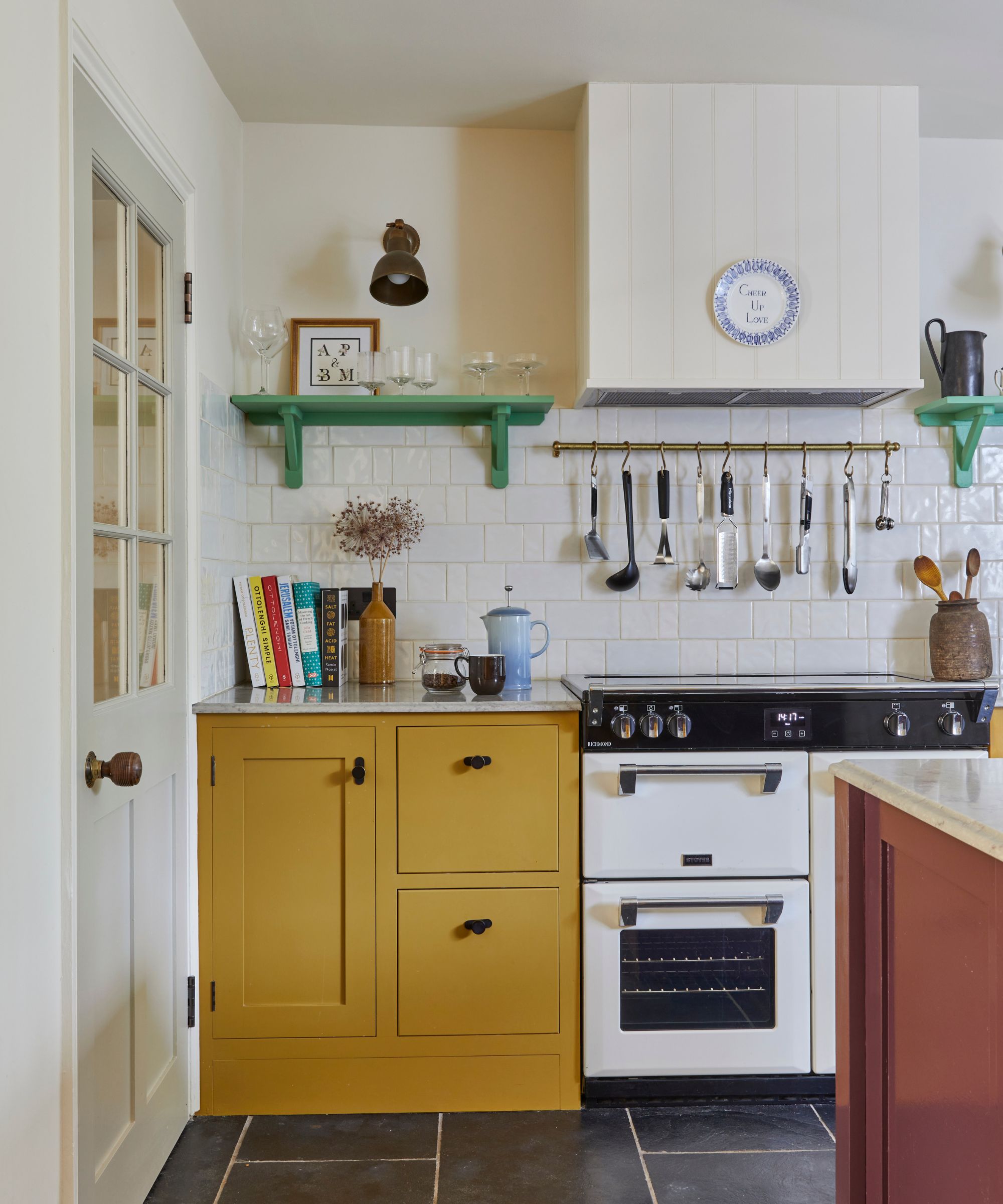
Rooms prone to high moisture, such as kitchens and bathrooms, as well as attics and basements, need good and regular ventilation to wick away humidity.
Poor ventilation is most common in kitchens, bathrooms, and basements. Seth explains, 'Inadequate airflow traps moisture indoors, leading to condensation buildup. This encourages mold growth, musty odors, and potential respiratory issues.'
The best fixes according to Seth Mapp general manager of Champion & Nash, Houston’s leading HVAC company, are to improve ventilation with exhaust fans.
We recommend Walmart's Comfort Zone 9" twin window fan with reversible airflow control, which has auto-locking expanders, so you can easily fit it across your window. 'The second option,' Seth explains, 'is to invest in a great dehumidifier.'
You don't have to break the bank when purchasing your first dehumidifier. More than 8000 customers bought the very affordable TABYIK dehumidifier from Amazon, in the last month, and it has great features perfect for small rooms (around 250 square feet), including a capacity of 16oz (450ml) and low-energy consumption (no more than 1-kilowatt hour a day).
You can also make use of shock ventilation, and use natural, eco-friendly diy dehumidifier ideas.

If you have a larger space, this affordable dehumidifier comes with rapid delivery from Amazon, and can cover up to 1000 square feet with ease. Its safety features, including auto-shut off make it a useful appliance you can run with ease of mind.
2. Deficient seals around your home

Make sure windows and doors are properly sealed, to allow your HVAC system to work well, and block humidity from outside seeping in.
Perhaps one of the more obvious, and most common cause of damp can be drafts from badly sealed doors, windows and other gaps. This has a simple fix, luckily.
Seth Mapp explains, 'Insufficient insulation allows cold air to meet warm air, leading to condensation build up on walls and windows. This encourages mold growth, damages paint and drywall and decreases energy efficiency.'
So what's the fix? Seth recommends you 'upgrade insulation, seal gaps around doors and windows and install energy-efficient windows.' You can draft-proof your living room, bedrooms and kitchen and slash energy bills at the same time.
'If a room in your house smells musty, try checking the windows and any doors that are connected to the outside of the property,' says Ron Shimek, president of Mr. Handyman. 'To solve this issue, simply reseal any gaps you see with caulk or weatherstrips.'
Walmart's DAP all-purpose 10oz clear acrylic silicone caulk is highly rated and dries clear, so it won't be noticeable. Ideal for sealing around windows, doors, and trim, it has a clear color and a paintable finish. It's also mildew and mold resistant. Our favorite weatherstripping is the Storystore foam insulation self-adhesive tape from Amazon. It has thousands of high ratings from happy customers and is ideal for easy air-tight sealing, sound proofing, and can also aid with heat insulation.
Head of Solved, Punteha van Terheyden used self-adhesive weatherstripping to seal a draft from her front door. She says, 'It took me five minutes to do and solved multiple problems in one go: it stopped a cold draft coming in, stopped my entryway heating escaping, stopped my adjoined living room feeling cold all the time and blocked pests from finding their way indoors. It's such an easy fix anyone can do without hassle.'
3. Issues with insulation and mold
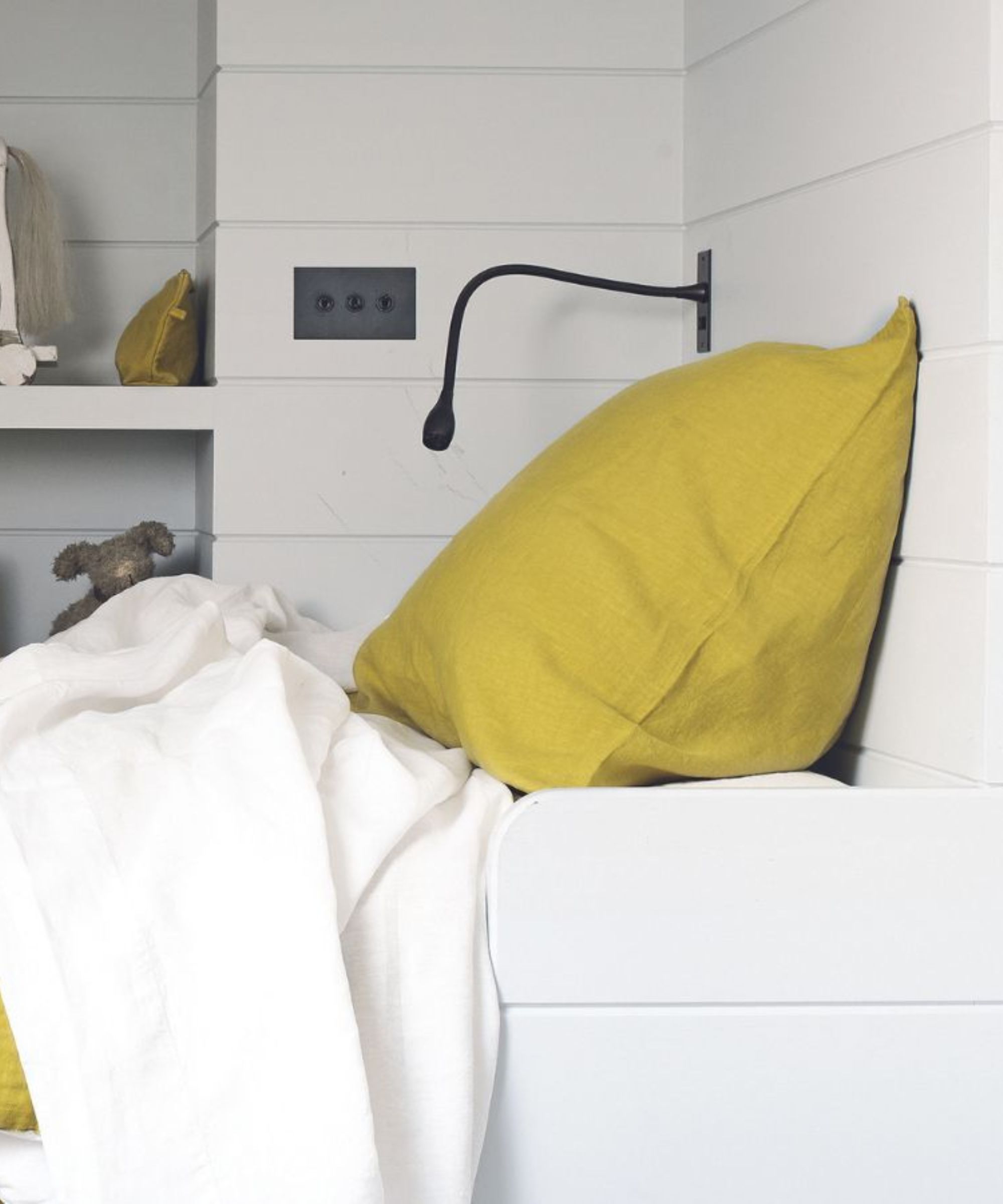
Watch out for insulation snags and any resulting mold. Scheduling a regular check on yours will help you catch problems early.
According to Carr Lanphier, CEO of Improovy, poor insulation is the number one reason he sees homeowners experiencing persistent dampness in their homes, 'Usually its either caused by the layout of the home itself, or by issues with an HVAC or vent system – your home doesn’t have the moving air and air exchange to properly dry things out and get rid of dampness.'
It's one of the reasons why having moisture channels, a space between furniture and walls, is so vital.
You can change your filters – Target's Filtrate allergen defence air filters are great for catching micro particles, but for optimum performance they need changing at least every 90 days. See if that helps first, if not, then it would be worth getting a HVAC expert in to check your system.'
Servicing and cleaning your HVAC system regularly will help flag any other issues early on.
Carr adds, 'The top risk is going to be mold. Damp environments like this, especially ones lacking good air flow, are going to be prime spots for mold development.'
The CLR mold and mildew clear, bleach-free stain remover from Amazon is effective for bathroom and kitchen mold. For a more eco-friendly approach clean with vinegar. Add it to a spray bottle using a 1:1 ratio with water, and spray straight onto the area, leave for a few hours then wipe off. Do not use vinegar on natural stone, such as marble, as the acidity can eat away at the surface over time, causing pitting or a loss of shine.
4. Plumbing leaks and pipe condensation
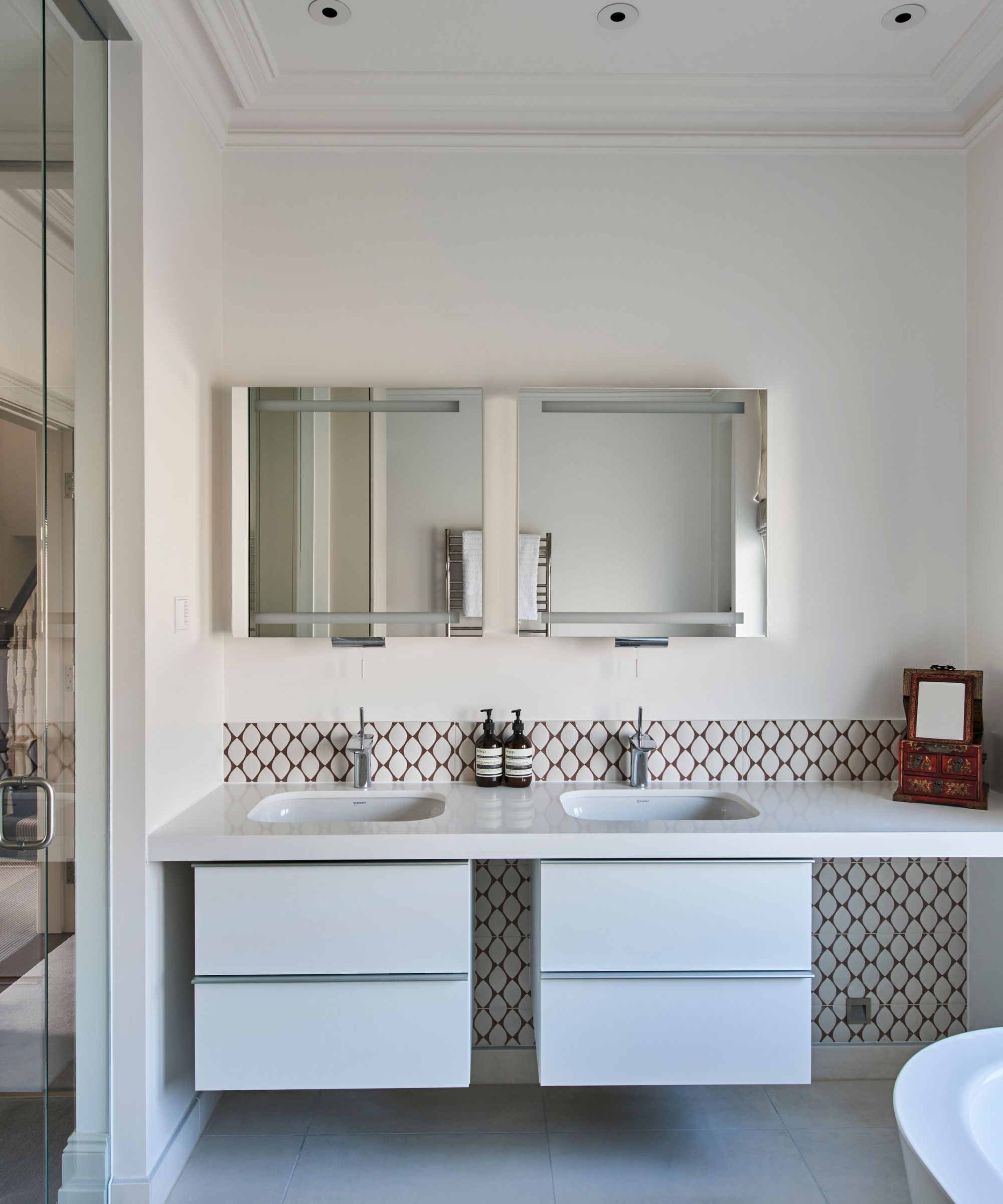
Condensation on piping can be an early warning sign of a leak somewhere in the system.
Persistant damp can be a result of a hidden leak. Seth explains, 'Leaks in pipes, appliances, or fixtures introduce constant moisture into walls, ceilings, and floors.'
The risk factors with this reason are structural damage, mold growth and larger water and energy bills (improving your home's EPC rating is also worth considering). To fix it Seth says, 'Have regular plumbing inspections, fix leaks promptly, and use moisture-detecting sensors.'
Amazon's General Tools MMD4E digital moisture meter is one of the most highly rated models. It detects water leaks and moisture and has a backlit LCD display with audible and visual moisture content alerts.
Ron agrees, 'Leaky pipes and faucets are a top cause that can contribute to excess moisture in the home and water damage, making it perfect environment for mold and mildew to grow. Get ahead of this issue by consistently inspecting pipes and fixtures in and around the home – like bathroom sinks, the water heater, the garbage disposal.'
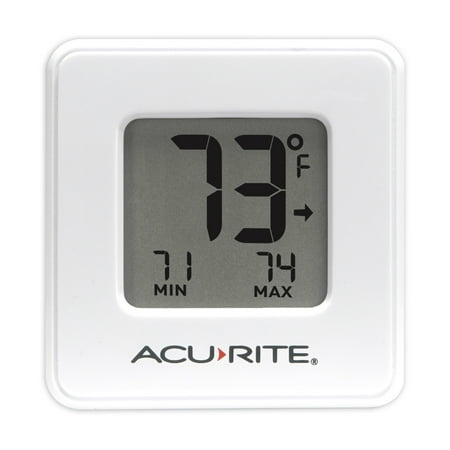
A hygrometer constantly monitors the moisture levels in the air. Placing these in rooms across your home and making sure humidity stays around the 'Goldilocks range' of 30-50% will help you spot any rooms with persistently high moisture levels.
5. Blocked gutters
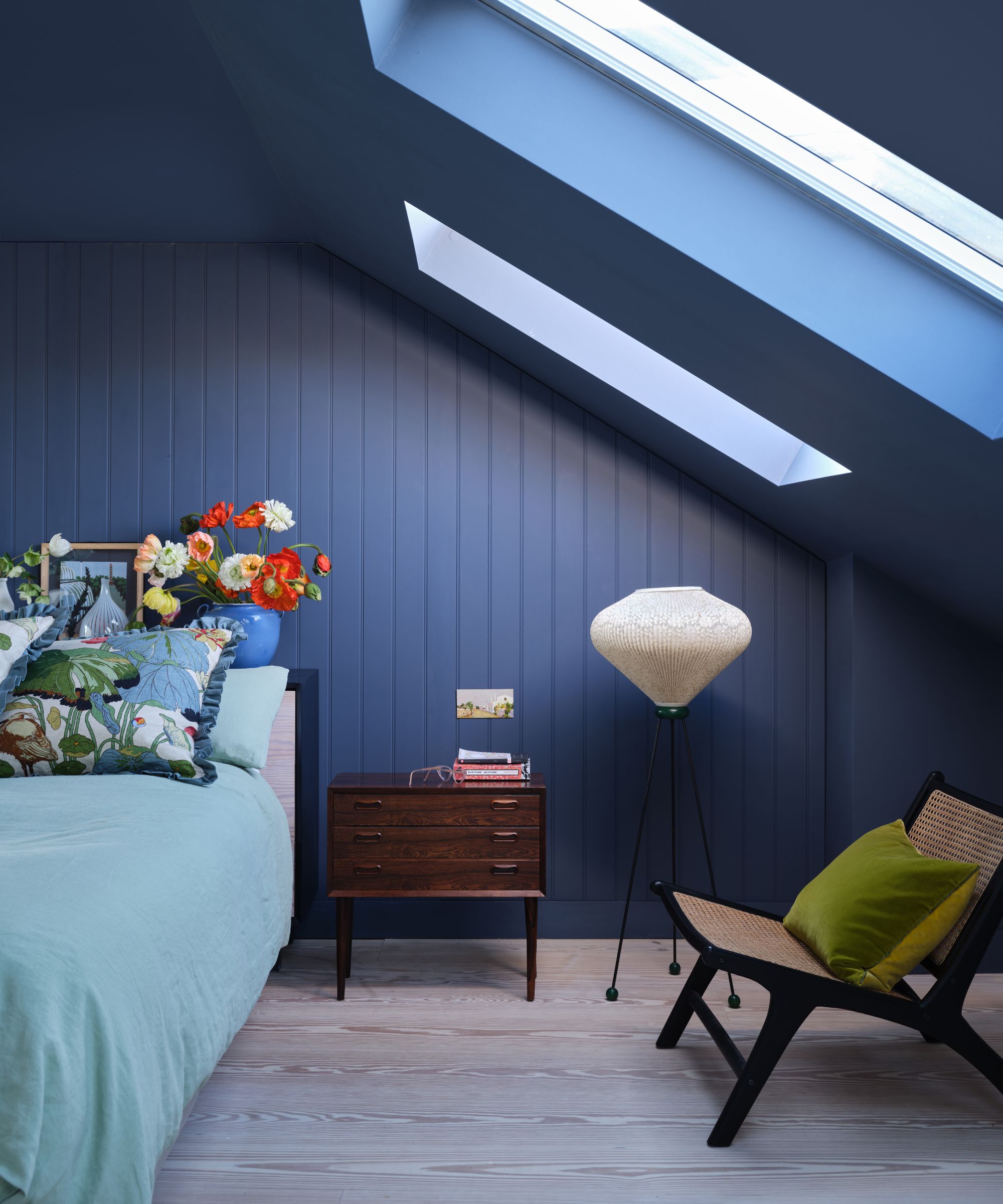
Blocked gutters, especially after autumn and winter, can lead to water ingress through the ceiling and walls. Clear them regularly to avoid this unnecessary risk, and leading cause of damp.
It's not just the interior of your home that needs care to manage damp issues, the exterior needs regular maintenance too.
'Having gutters and downspouts that are filled with debris can cause rainwater to potentially seep into the walls of your home or its foundation, which can lead to water intrusion as well as dampness,' says Ron. 'To avoid this, learn to clean your gutters and do it regularly – at least twice a year – and check downspouts to ensure they are directing water away from the home.'
If you're cleaning your own gutters, the Worx WA4094 Gutterpro universal gutter cleaning kit from Walmart is very handy. You attach it to your leaf blower (it's compatible to most models) and has an 11-foot reach. If you're going up a ladder to clear high gutters, make sure you have a friend or companion spotting you for safety to avoid a fall or injury.
Do the gutter work, an essential spring maintenance job, on a dry and low-wind day.
6. Leak or mold behind appliances
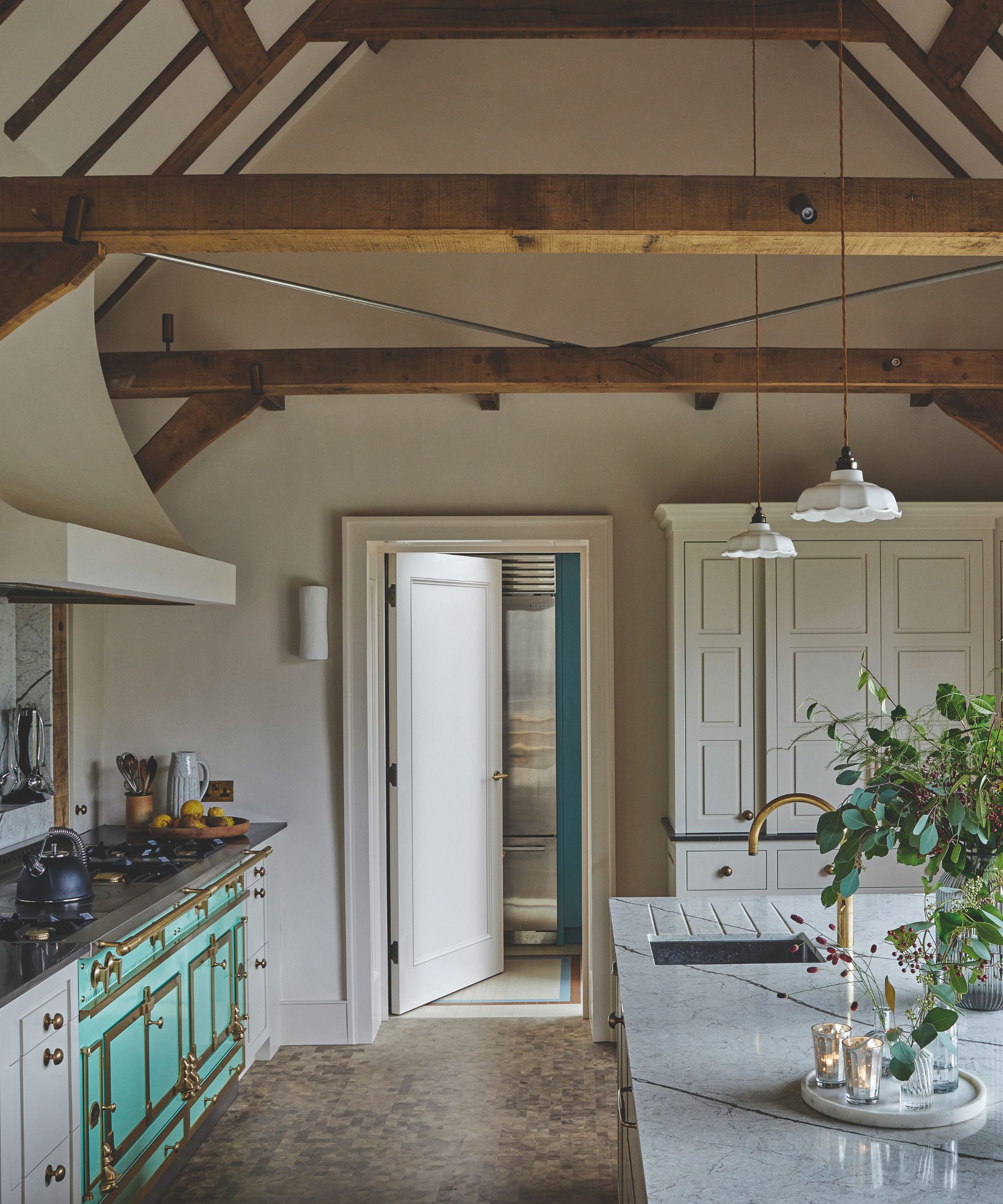
It's hard to fix what you can't see, so checking behind appliances is a crucial tool to preventing damp, or solving a persistent damp issue in your home.
When temperatures rise and fall, albeit naturally, or with the use of certain appliances, damp can appear – and cooking is a perfect example of this.
'Steam from cooking and even the condensation made by dishwashers while drying can potentially cause damp build-up on the nearby cabinets,' explains Ron.
To combat this you can open windows whilst cooking, Ron adds, 'Make sure to turn on your kitchen’s ventilation fan too while cooking over the stovetop to encourage airflow. You can also check for hidden leaks near and around the dishwasher that could contribute to moisture buildup on the cabinetry.'
Laundry rooms are another spot to double check for moisture issues, as the constant churn of water to and from your washer and the heat and condensation of your dryer doing its work can lead to damp or leaks.
Invest in a cooker hood that's got a powerful ventilation fan. Not only do they remove odors but can tackle steam, too. We like the Comfee' CVU30W2ST 30" ducted durable stainless steel design from Amazon. It has a two speed exhaust fan and reusable filters and is highly rated with 4.2/5 stars.
7. HVAC system issues
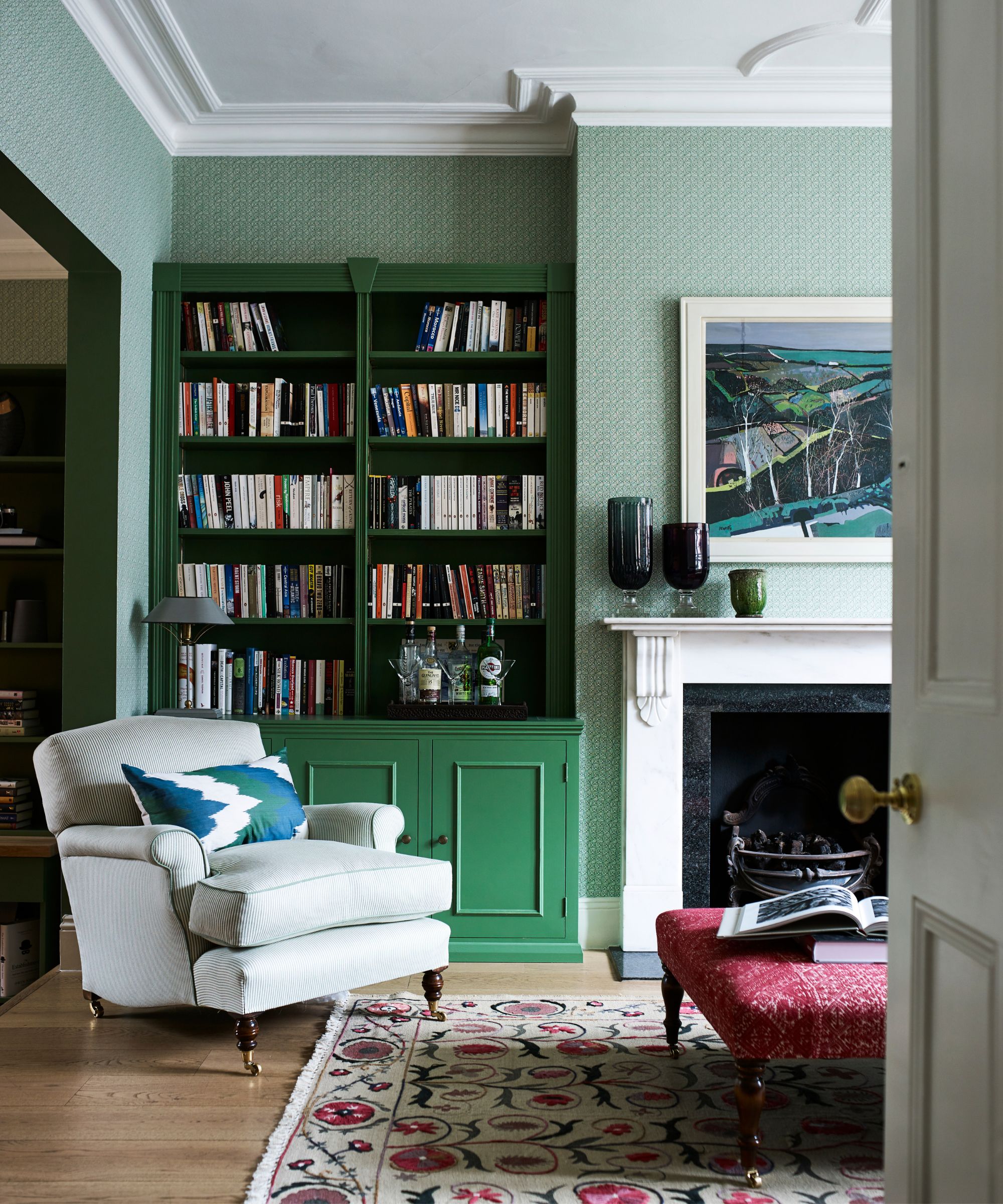
If you have an HVAC system, schedule a service. There are signs your HVAC system needs replacing, and according to Seth, oversized or undersized HVAC units, clogged filters, and malfunctioning components fail to regulate indoor humidity properly.
If your heating system is working harder than it needs to be, this can lead to more faults, and the components wearing out quicker than you might be expecting. Whilst there are some heating problems you can fix yourself, sometimes calling the pros is necessary.
'The risks are uncomfortable indoor climate, higher energy costs, and moisture-related damage. To fix these, schedule regular HVAC maintenance, replace filters, and ensure proper system sizing for the home,' he advises.
Ron recommends investing in a smart air purifier in this instance too, Walmart's GCZ air purifier for large rooms has a HEPA air filter and is controlled using the Smart Home Life app.
Meet the experts

Seth Mapp is the general manager of Champion & Nash, Houston’s leading HVAC company. With over a decade in the residential heating and air conditioning industry, Seth worked his way up from technician to owner, successfully building and leading Aircon, an award-winning, customer-centric HVAC company. Aircon later integrated into the Zephyr portfolio under the Champion & Nash brand, where Seth now leads the region’s top provider of HVAC services. Dealing with the causes of mold and damp is part and parcel of day-to-day operations.


Carr is the CEO of Improovy, an online home improvement platform that offers a next-gen house painting service created by a team of industry experts. Carr believes that as the way we live evolves, the way we manage home renovation projects should, too, and part of this is curbing the risk of damp in renovations with innovative and expert ideas and advice.
If your house feels damp, don't fret. It can happen to any of us. The key is tracking down the source of the dampness and remedying them ASAP. Being forewarned with the most common reasons your house may feel damp, as detailed above, will help you quickly leap into action to resolve any issues you spot.
You can also tackle the easy preventative measures daily, such as keeping on top of regular ventilation, opening bathroom windows after showering, or turning on vents when cooking, as well as creating moisture channels in your furniture placement and pulling in experts when needed to properly service, maintain and clean your HVAC system.
Sign up to the Homes & Gardens newsletter
Design expertise in your inbox – from inspiring decorating ideas and beautiful celebrity homes to practical gardening advice and shopping round-ups.

Sophie has been an interior stylist and journalist for over 20 years and has worked for many of the main interior magazines during that time, both in-house and as a freelancer. On the side, as well as being the News Editor for indie magazine, 91, she trained to be a florist in 2019 and launched Flowers Inside My Head where she curates beautiful flowers for modern weddings and events. For Homes & Gardens, she writes features about interior design – and is known for having an eye for a beautiful room.
You must confirm your public display name before commenting
Please logout and then login again, you will then be prompted to enter your display name.
-
 5 functional faucet fixes to instantly improve your indoor water pressure – from quick tricks to home plumbing overhauls
5 functional faucet fixes to instantly improve your indoor water pressure – from quick tricks to home plumbing overhaulsYou don't have to live with an annoying trickle of water
-
 ALDI's latest garden planter display promises to turn underused corners and tiny spaces into a flower-filled paradise – I predict it will sell out this week
ALDI's latest garden planter display promises to turn underused corners and tiny spaces into a flower-filled paradise – I predict it will sell out this weekGet creative with your garden corners. The decorating possibilities are endless with this highly-anticipated display
-
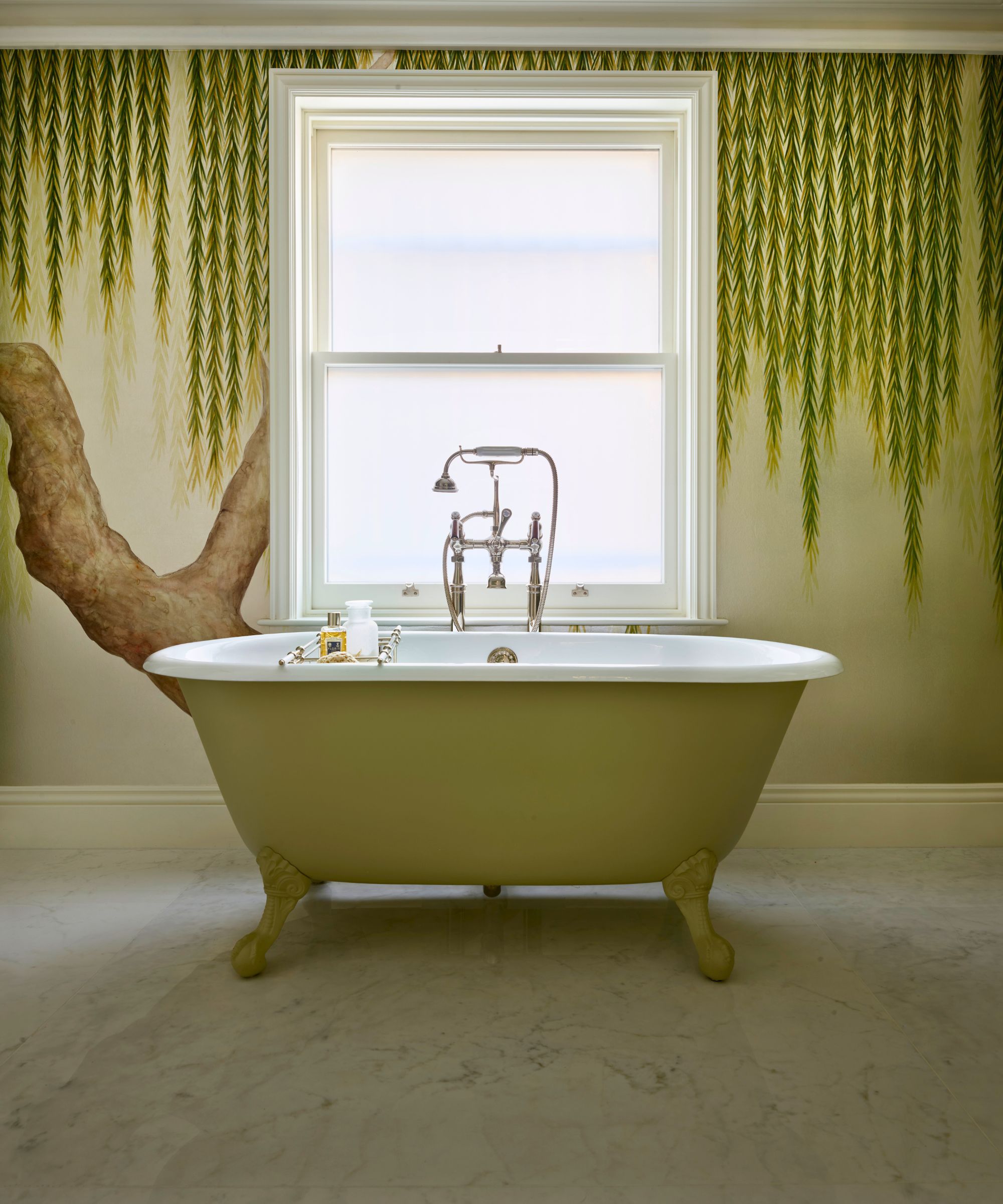 Do you have condensation on the outside of your windows? This simple rule of thumb determines if it's normal, or a sinister warning sign
Do you have condensation on the outside of your windows? This simple rule of thumb determines if it's normal, or a sinister warning signHVAC pros share expert insight
-
 HVAC pros reveal 2 'Goldilocks' ranges for the ideal room temperature in bitter winter – it differs from day to night, and room to room
HVAC pros reveal 2 'Goldilocks' ranges for the ideal room temperature in bitter winter – it differs from day to night, and room to roomKeeping rooms at the right temperature is vital for comfort and efficiency
-
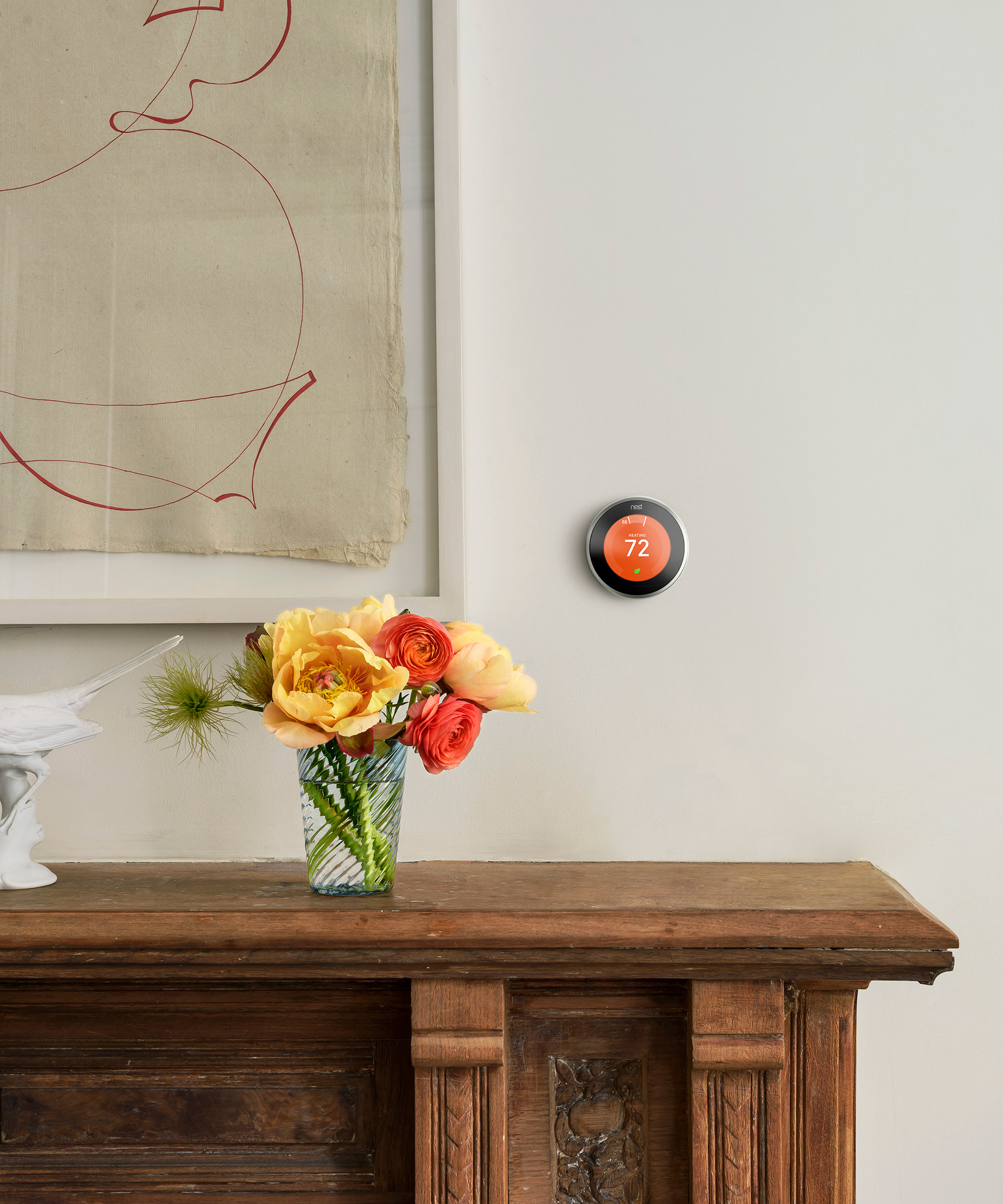 HVAC pros say this is the most efficient heating schedule to keep you warm at home all day – and why automating it is the best move
HVAC pros say this is the most efficient heating schedule to keep you warm at home all day – and why automating it is the best moveThere’s no one-size-fits-all – here’s how to tailor heating to your home
-
 How dust and dirt increases your energy bills – plus 5 ways HVAC pros deal with it to cut costs
How dust and dirt increases your energy bills – plus 5 ways HVAC pros deal with it to cut costsThese cleaning tips could save you hundreds
-
 Is your house heating unevenly? HVAC pros reveal 5 common reasons, plus their top tricks for consistent heating throughout your home
Is your house heating unevenly? HVAC pros reveal 5 common reasons, plus their top tricks for consistent heating throughout your homeEliminate hot and cold spots with these fixes
-
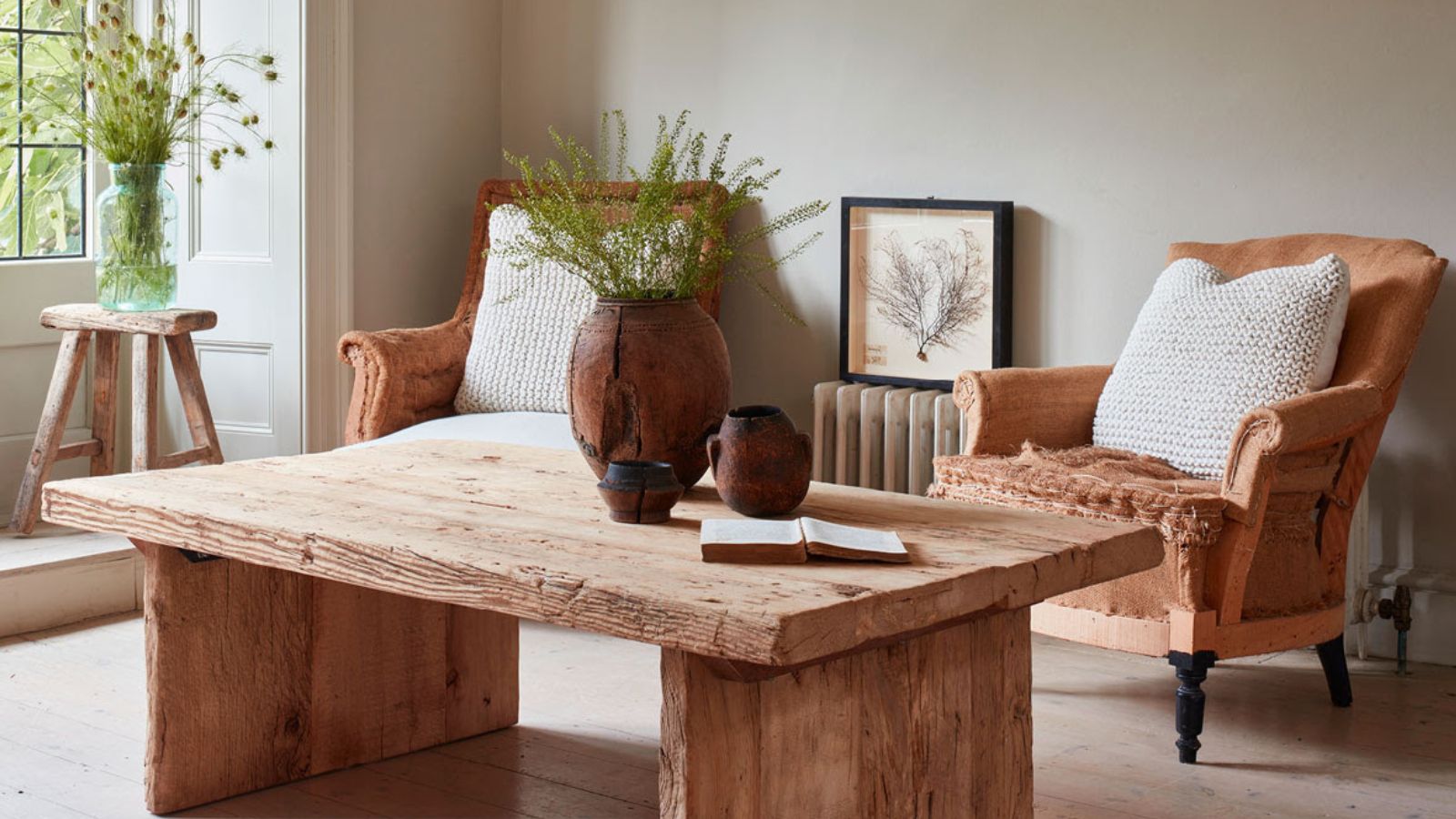 What is a zoned heating HVAC system? We get the lowdown from the pros
What is a zoned heating HVAC system? We get the lowdown from the prosThis expensive addition could actually save you money
-
 I spent years trying to combat window condensation – then a simple dish-soap trick turned out to be the key all along
I spent years trying to combat window condensation – then a simple dish-soap trick turned out to be the key all alongThe dish soap condensation hack takes five minutes to do, is oh-so effective, and cleaning pros love it
-
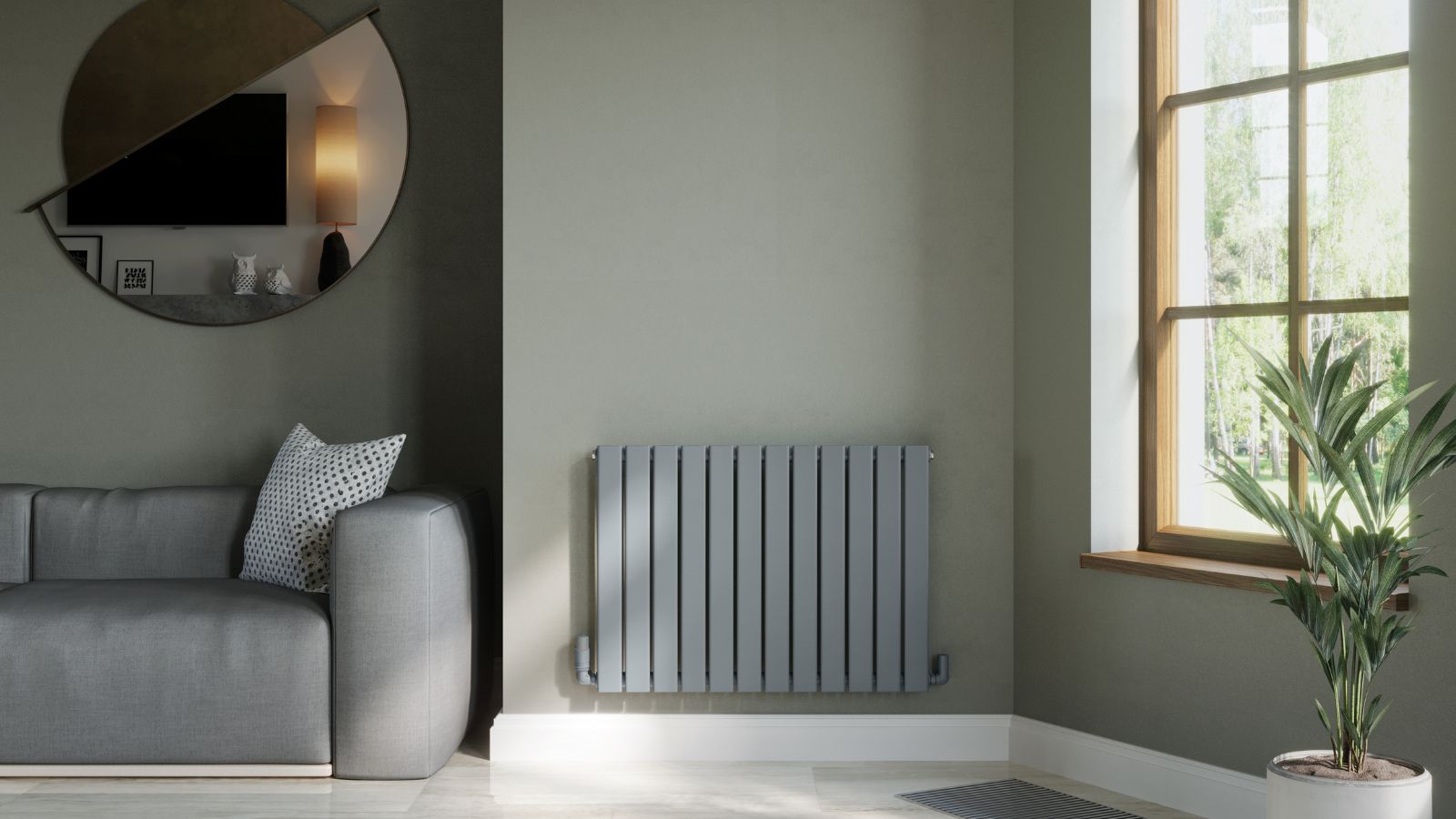 What temperature should a house be during a big freeze? HVAC pros reveal why this 'Goldilocks' temperature is so important for your health and home
What temperature should a house be during a big freeze? HVAC pros reveal why this 'Goldilocks' temperature is so important for your health and homeIt goes beyond your own comfort – it protects your property, too